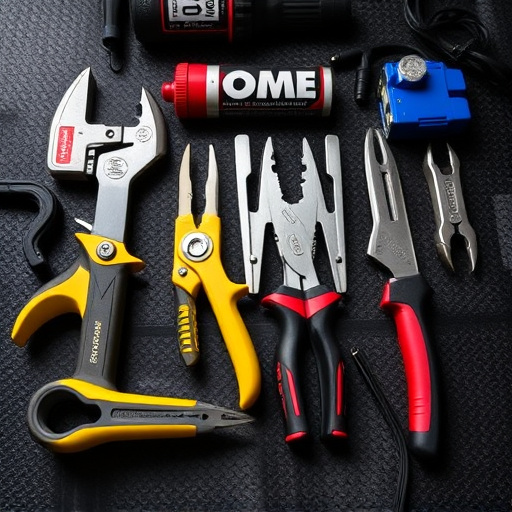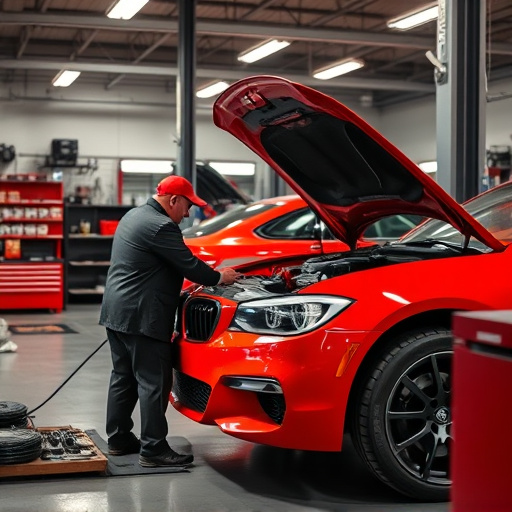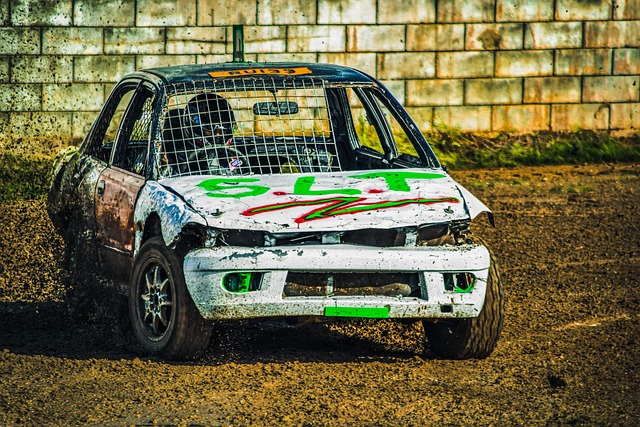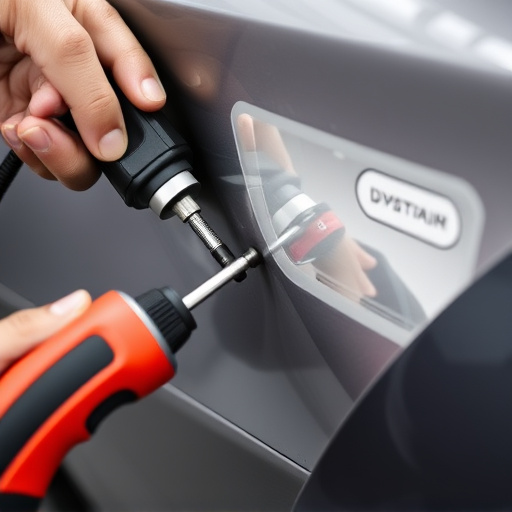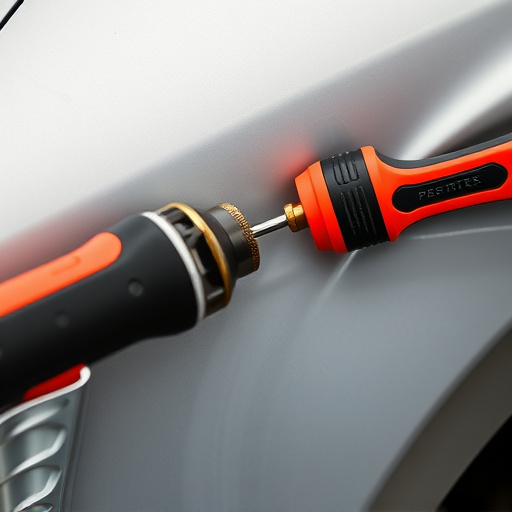Tempered glass, strengthened by heat treatment, offers enhanced durability and safety compared to standard glass. Its unique structure ensures that it shatters into small, non-sharp pieces under impact, minimizing injury risk. This makes it indispensable in architecture, automotive, and collision repair industries for maintaining safety and structural integrity during accidents. Installation involves meticulous steps like cleaning, measuring, cutting, edge treatment, securing with adhesives or sealing methods, and trimming excess material. Safety is paramount, requiring protective gear, proper ventilation, clean surfaces, accurate alignment, and appropriate fasteners for structural integrity in various applications, including car restoration and dent repair.
Understanding the basics of tempered glass installation is essential for any project involving this durable and safe material. Tempered glass, known for its strength and ability to withstand impact, is widely used in architectural and automotive applications due to its enhanced safety features. This article guides you through the process of installing tempered glass, from understanding its properties to following best practices for a secure fit. Learn about the step-by-step process and crucial safety considerations to ensure your project meets the highest standards.
- What is Tempered Glass and Why Is It Used?
- The Step-by-Step Process of Tempered Glass Installation
- Safety Considerations and Best Practices for Tempered Glass Installation
What is Tempered Glass and Why Is It Used?

Tempered glass is a specialized type of safety glass that has been heat-treated to increase its strength and durability compared to standard glass. This process involves heating the glass to a specific temperature and then rapidly cooling it, which creates a structured surface that makes the glass much harder to break. In the context of tempered glass installation, this means that even if the glass is subjected to significant impact or pressure, it will shatter into small, non-sharp pieces, significantly reducing the risk of injury.
The use of tempered glass is ubiquitous across various industries, from architectural applications in homes and businesses to automotive components like car windows and windshields. In car body repair and collision repair services, tempered glass plays a critical role in ensuring safety. Its ability to resist shattering during accidents makes it an essential material for protecting occupants and minimizing the risk of secondary impacts from flying debris. This feature is particularly valuable, as it can greatly impact the overall safety and structural integrity of a vehicle following a collision.
The Step-by-Step Process of Tempered Glass Installation
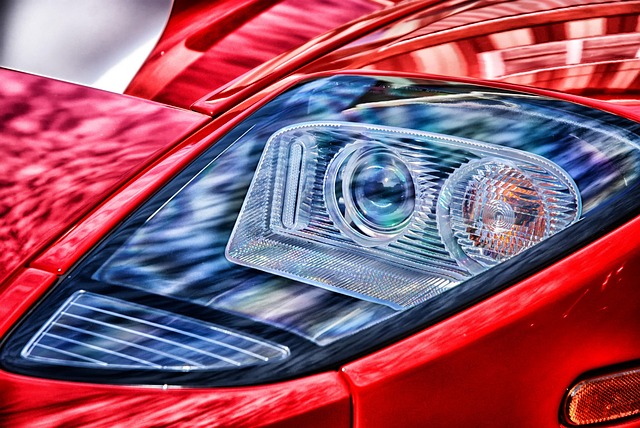
The process of installing tempered glass begins with meticulous preparation. First, the area to be covered is thoroughly cleaned and measured to ensure a precise fit. The auto maintenance expert then selects the appropriate size and type of tempered glass, considering factors like vehicle make, model, and year. Next, they carefully cut the glass to match the exact dimensions of the opening, utilizing specialized tools for accurate results. After cutting, the edges are treated to remove sharp points, enhancing safety and making installation easier.
Installation involves securing the tempered glass in place using specific adhesive or sealing methods. The glass is positioned precisely over the opening, ensuring alignment with surrounding components. Once positioned, a layer of adhesive is applied, following the manufacturer’s instructions for cure times. During this stage, care is taken to avoid any air bubbles or misalignments. After the adhesive sets, the final step involves trimming any excess material, resulting in a seamless and secure fit, ready for vehicle restoration or enhancement projects.
Safety Considerations and Best Practices for Tempered Glass Installation

When installing tempered glass, safety should always be the top priority. This type of glass is designed to shatter into small, non-sharp pieces when broken, reducing the risk of injury during installation and use. However, proper handling and placement techniques are crucial. Workers must wear protective gear, including gloves and safety goggles, to minimize contact with debris. The work area should be well-ventilated to prevent the accumulation of harmful fumes from any chemicals used in the process.
Best practices for tempered glass installation include ensuring a clean, level surface for the glass to rest on. The glass panels must be properly aligned and secured with suitable fasteners to avoid accidental shifting or movement during the installation process. For applications involving car restoration or fender repair, it’s essential to match the tempering and thickness of the new glass with the existing vehicle components to ensure structural integrity and optimal performance. Vehicle dent repair often requires precise measurements and custom cutting to fit the damaged area perfectly, further emphasizing the need for expert handling and attention to detail during installation.
Understanding the process of tempered glass installation is key to ensuring structural integrity and safety in various applications. This article has provided an overview of what tempered glass is, its benefits, and a comprehensive step-by-step guide to installation. By following best practices and safety considerations, professionals can skillfully navigate the intricate process, making it a preferred choice for modern architecture and design. Tempered glass installation is both an art and a science, allowing for the creation of durable, aesthetically pleasing spaces.
